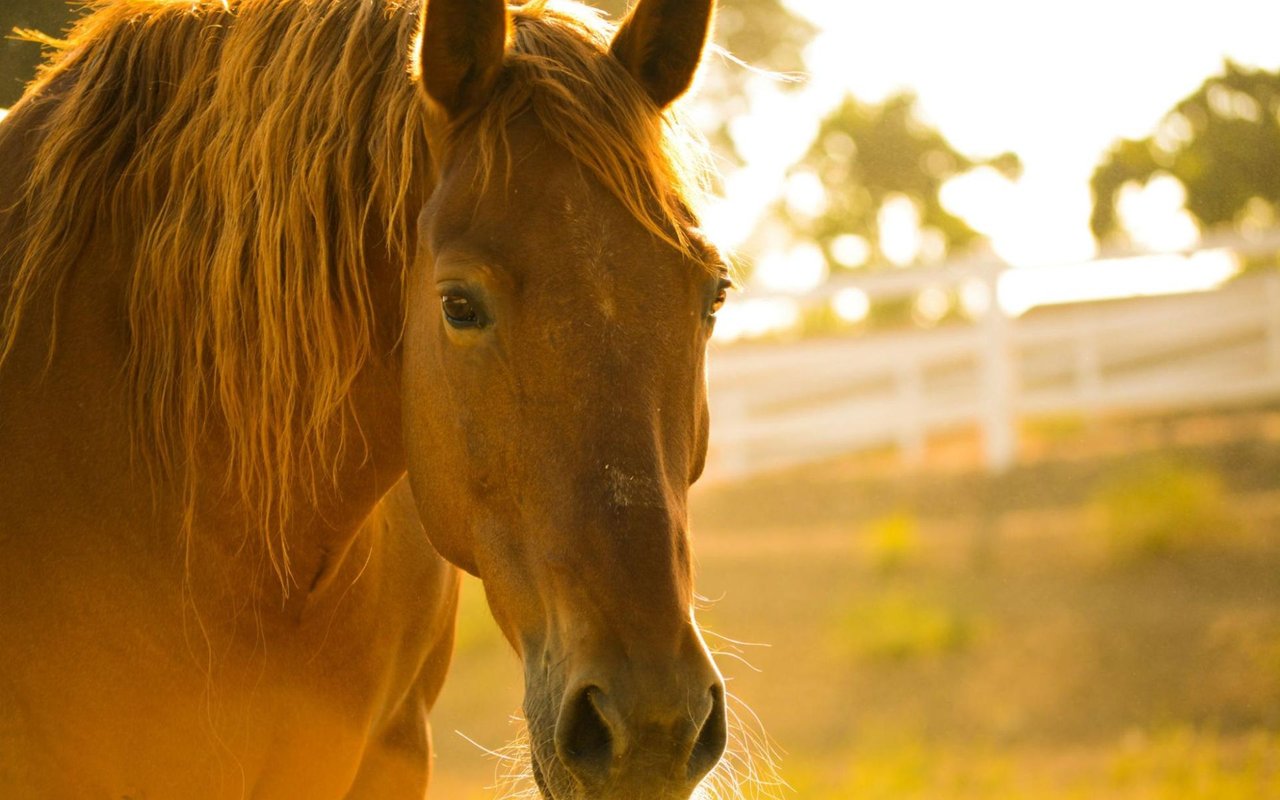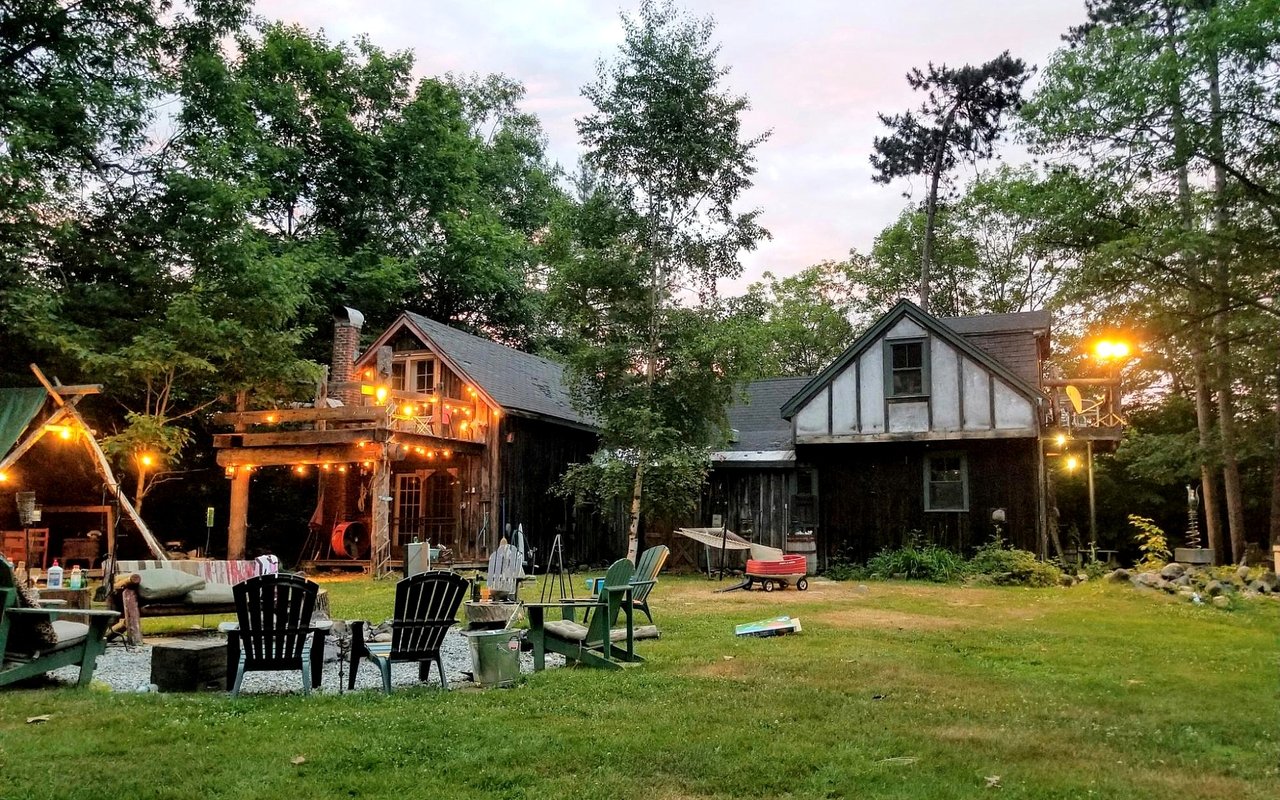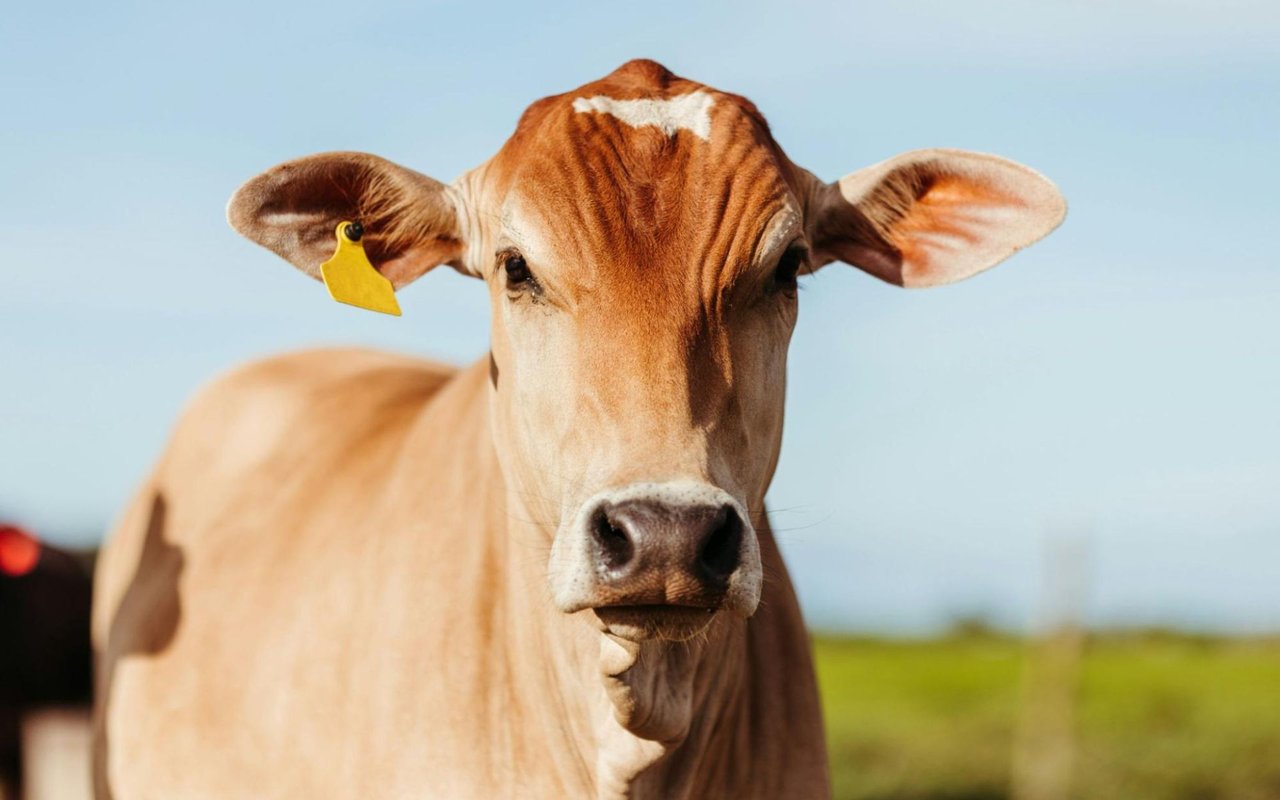Owning a horse property in Texas comes with significant responsibility. Whether your land is in Collin County or beyond, proper maintenance is essential for both the safety of your horses and the long-term value of your investment. With Texas weather ranging from humid summers to unexpected cold snaps in winter, staying ahead of seasonal upkeep ensures that your property remains functional and efficient all year.
Horse owners benefit from treating their property like a living system. Every season brings different tasks that affect barns, pastures, fencing, and water supplies. A proactive approach saves money, limits risk, and makes horse care more manageable.
This year-round checklist offers a clear plan for maintaining your horse property through every season.
Winter: Prepare for Freezing Temps and Shelter Maintenance
While Texas winters are milder than in other regions, they still bring the risk of freezing temperatures and storms that can impact your horses and infrastructure. Freezing rain, cold winds, and rare snow events are not uncommon in North Texas, including Collin County.
- Check water supply: Make sure trough heaters or automatic waterers are working before a freeze. Horses need consistent access to unfrozen water.
- Inspect shelters: Confirm that barns, run-ins, and sheds are free from drafts, roof damage, and leaks. Repair broken latches and secure roofing materials.
- Review emergency plans: Keep a supply of extra feed, clean water containers, blankets, and fuel in case of ice storms or power outages.
- Maintain fencing: Winter wind can loosen wires or damage wood posts. Walk the fence line regularly and reinforce weak areas.
Routine care during the winter months sets the tone for a smooth spring transition and keeps your animals safe from seasonal hazards.
Spring: Restore Pastures and Prepare for Rain
Spring is a critical season for pasture growth and facility preparation. With rainfall and warmer temperatures, it's also the time when property maintenance demands increase.
- Pasture management: Reseed bare areas, fertilize according to soil test results, and begin rotational grazing plans to protect forage health.
- Clean drainage systems: Clear gutters, ditches, and swales to prevent flooding and water damage during spring thunderstorms.
- Service equipment: Tune up tractors, mowers, and trailers to prepare for seasonal work. Replace filters and check tire pressure.
- Check pest control: Start fly control programs, set traps early, and inspect the barn and feed storage areas for rodents or insects.
Spring is also an ideal time to schedule property inspections or larger improvement projects, before summer heat limits working hours outdoors.
Summer: Focus on Heat Safety and Land Management
Texas summers bring intense heat and prolonged dry spells. Keeping your horse property safe and efficient during this time means prioritizing water, shade, and fire safety.
- Provide consistent shade: Trees, portable shade structures, and shelters should be well-maintained and large enough to accommodate multiple horses.
- Inspect and clean fans: Check for frayed wires, dust buildup, and damaged blades. Use industrial-grade fans designed for barns.
- Manage hay and feed storage: Store hay in dry, ventilated areas with plenty of air circulation to reduce fire risk and spoilage.
- Control weeds: Use mowing or selective herbicides to manage weeds like ragweed or thistle that can reduce forage quality or cause irritation.
Make sure to monitor your horses for signs of heat stress, including rapid breathing, lethargy, or reduced appetite. Daily care must include regular checks during high heat.
Fall: Prepare for Seasonal Transitions and Repairs
Autumn is the time to wrap up summer operations and start preparing for cooler weather. It’s also ideal for larger maintenance projects before winter makes them more difficult.
- Stockpile hay and feed: Purchase winter hay early to avoid high prices and limited availability in peak months.
- Repair footing: Address dusty, compacted, or uneven arena footing. Improve drainage in areas with pooling water.
- Inspect roofs and insulation: Look for leaks or damaged panels in barns and storage buildings. Add insulation to protect tack rooms from extreme cold.
- Service vehicles and trailers: Oil changes, brake checks, and tire inspections are especially important before hauling in winter conditions.
Fall is also a good time to update your property’s documentation, including feed inventories, veterinary records, and any changes to property insurance coverage.
Monthly and Ongoing Maintenance Tasks
In addition to seasonal tasks, successful property management includes routines that should be followed every month.
- Manure management: Remove waste from stalls, paddocks, and dry lots regularly. Composting or spreading manure away from water sources helps reduce contamination.
- Fence inspections: Walk all boundary and interior fences monthly. Fix broken boards, tighten wires, and clear vegetation growing too close to posts.
- Tack and equipment care: Clean and condition saddles, bridles, halters, and grooming supplies to prevent wear or damage.
- Vet and farrier scheduling: Maintain consistent visits for vaccinations, deworming, dental checks, and hoof trimming. Set reminders for each horse’s schedule.
- Check lighting and power systems: Replace burned-out bulbs and test power in barns and outbuildings to catch problems early.
Consistency is key. Small tasks done regularly are easier to manage than emergency repairs or seasonal overhauls.
Long-Term Planning
Maintaining a horse property goes beyond daily routines. Long-term planning is essential to protect your investment and ensure safe, functional facilities.
Evaluate your land annually to identify larger projects that may need budgeting or professional input. These can include resurfacing an arena, expanding pasture fencing, replacing a barn roof, or upgrading to automatic water systems.
As property values and agricultural requirements shift, staying informed about local regulations in Collin County and surrounding areas can help you make timely decisions about improvements, tax benefits, or land use changes.
Partner with Town and Ranch Real Estate Group
Horse properties are a unique investment that requires more than just land—they demand ongoing attention and experienced guidance. Town and Ranch Real Estate Group understands the complexities of equine real estate and offers expert insight to buyers and sellers across Texas.
With hands-on knowledge of horse facility needs, land improvements, and regional market trends, their team is equipped to help you find or maintain the ideal property for your equestrian lifestyle. Whether you're buying your first piece of land or upgrading to a full-scale ranch, Town and Ranch Real Estate Group is ready to support your goals every step of the way.
Reach out to Town and Ranch Real Estate Group today for trusted service and real estate expertise tailored to horse property ownership in Texas.




